A filmmaker’s perspective of photographs is unique; their development ends up looking like movie stills and can often capture an array of emotions that bring the phrase “a picture is worth a thousand words” to life.
This rings true in the case of Egyptian filmmaker Wael Mandour, who recently posted a beautifully captured photo series on human emotion. The emotions of the individual subjects in the photos can be interpreted in many ways, which is why Mandour believes the series highlights the themes of “isolation, loneliness, and contemplation.”
As part of Egyptian Streets’ Spotlight Sundays series, which features young and aspiring Egyptian artists, start-ups, filmmakers, and more, we spoke to Mandour to discuss his creative process.

What inspired you to become a photographer?
I’m not a professional photographer; I’m a filmmaker working as an assistant director on Egyptian feature films and mainstream commercials. My real passion is for cinema and filmmaking. I’ve struggled for some time now trying to make my first feature film. I’ve always been interested in all forms of art, but films were always my main source of inspiration. I guess my interest in photography came later. The work of great photographers like Bruce Davidson, Gordon Parks, and Susan Meiselas was a revelation to me. The humanity in their work was what struck me the most.

What encouraged you to take on this latest photo series?
This latest series of photos was taken over a long period of time, probably the last couple of years. I’ve just decided to choose those ones in particular based on a few themes I had in mind, which are “isolation, loneliness, and contemplation.” These are things that most Egyptians never have the time to feel although each person in those photos is actually caught in one of those rare moments, and I just found that beautiful.
What do these photos mean to you personally?
They are a way of understanding and exploring who I really am; what I’m really interested in and how I see the world around me. Taking photos helped me gain back my confidence and showed me what I’m capable of.
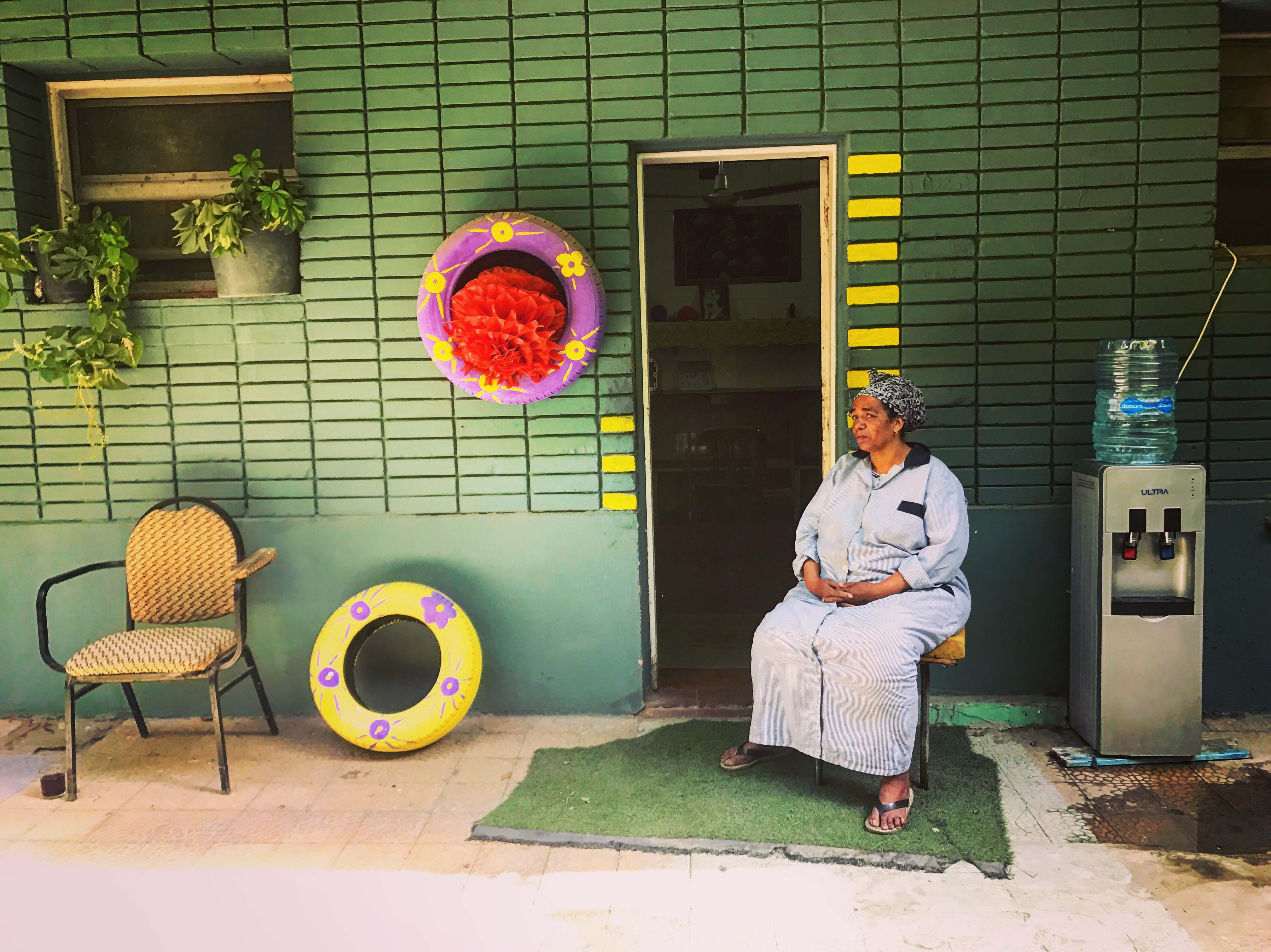
Some of these photos were seemingly taken in offices or public spaces, how did you choose your subjects and locations?
I don’t really decide what my subject is beforehand. I just see something or someone and I know it’s a good photo just by instinct. Sometimes I don’t even frame or take time to compose the shot, I just take it and it turns out well because it’s not really about the person or the space or the lighting. It’s all about capturing the right moment. The instinct is important because capturing an emotion or a feeling or a mood of a certain space has to be felt. If you lose that specific feeling of that moment in time, you lose the photo and it’s immediately a bad one.
Regarding locations, I’m always scouting new locations because of my job as an assistant director. So during each job, I’m in a different place with different people. Cairo is so interesting and Egypt generally is never fully explored.
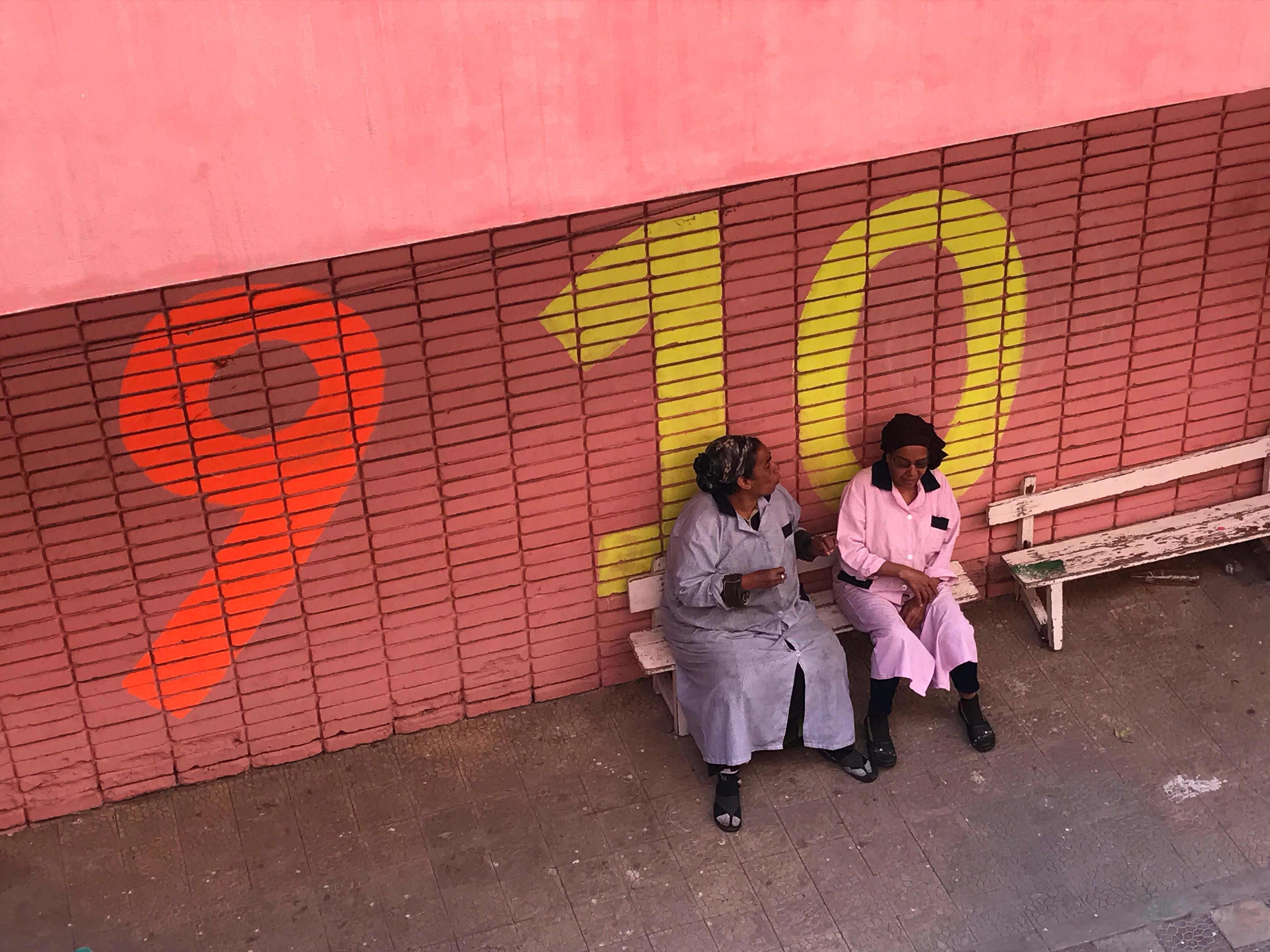
What/who was your inspiration for this photo series and why?
My inspiration for many of my photos is mostly the mood and soul of each space I’m in and then the people inside that space.
Each space inspires me in a different way, but when it comes to people, it’s how their characters and stories shine without saying a word. What attracts me most to my subjects is the story behind each person or place.
Which photo in the series is your personal favorite and why?
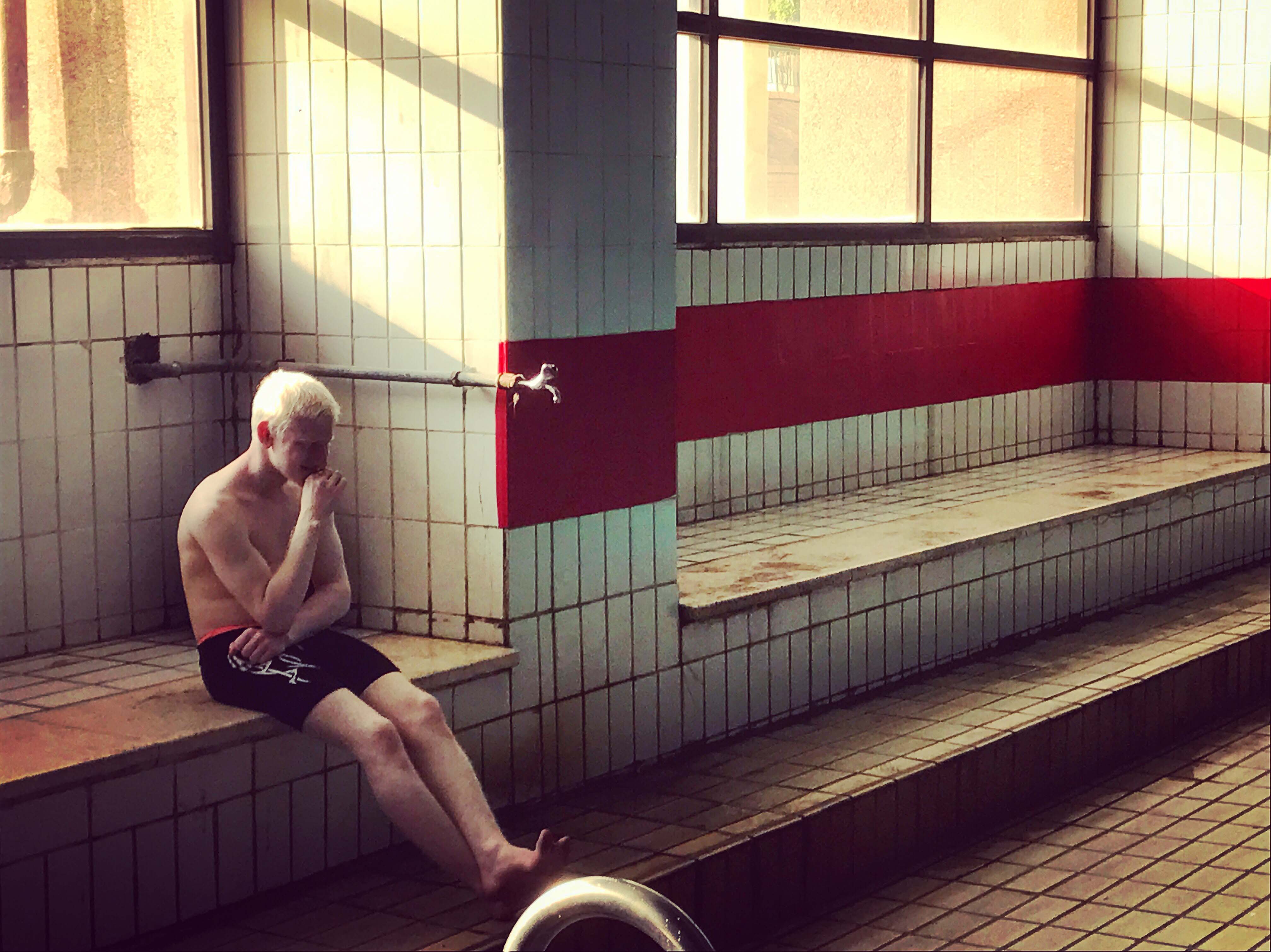
The man sitting by the pool is my favorite photo in this series and it’s because it’s fulfilling all the dramatic aspects that give life and meaning to a photo. The alienation, the tension in his feet – probably because he felt my presence – and the isolation away from the people and the sun outside.
See the full photo series by clicking here. To see more of Mandour’s work, visit his Instagram account by clicking here.
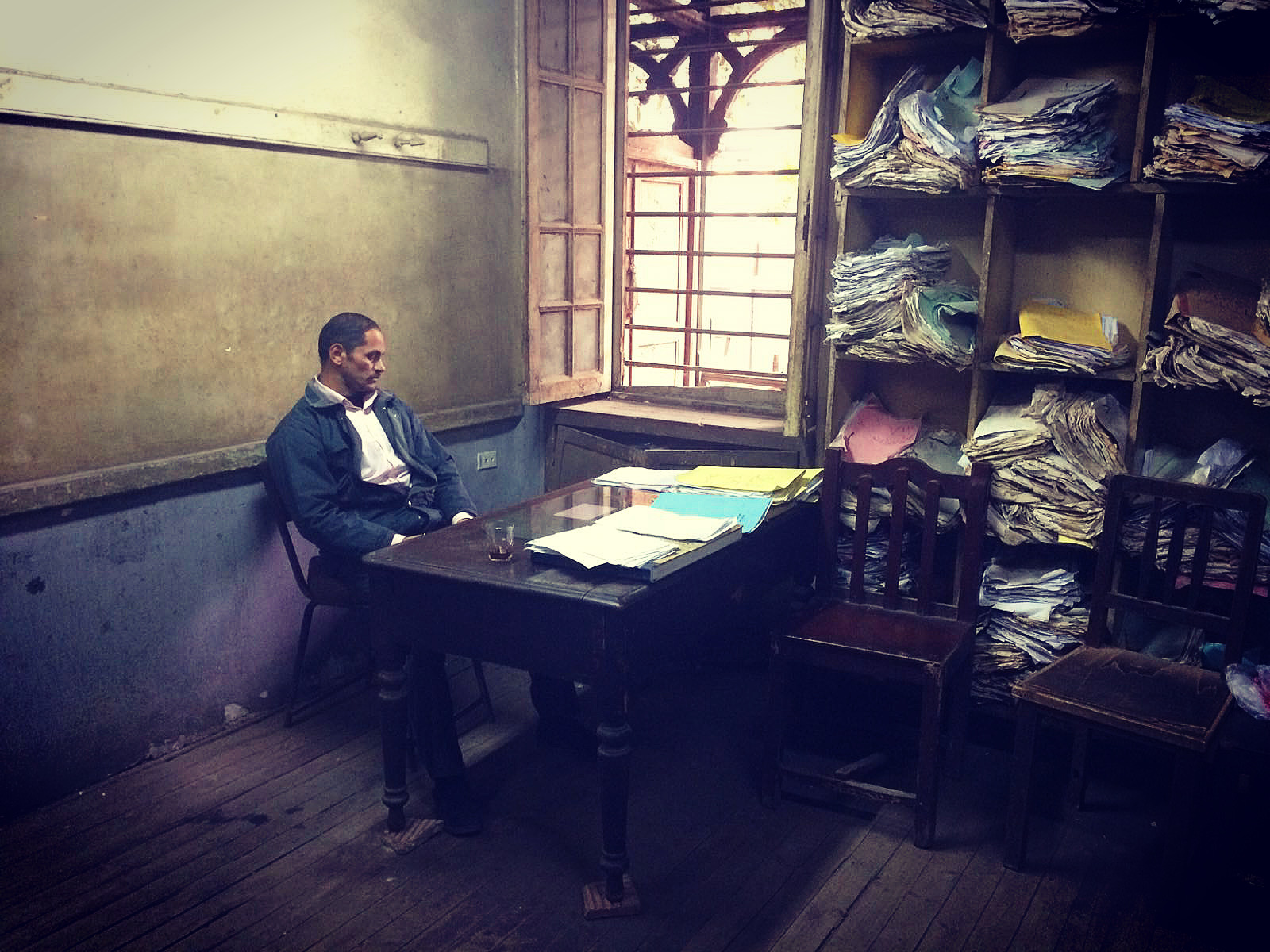




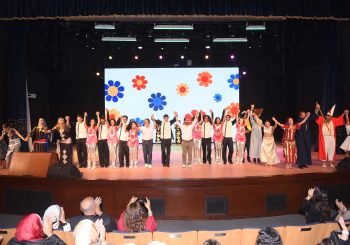
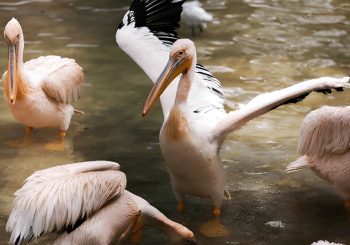
Comments (0)